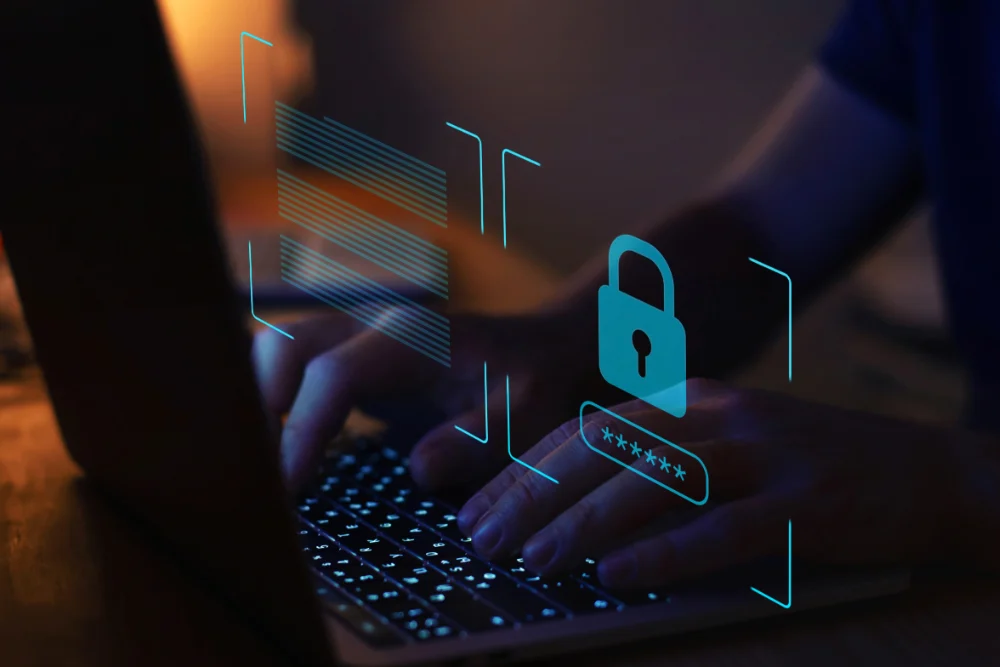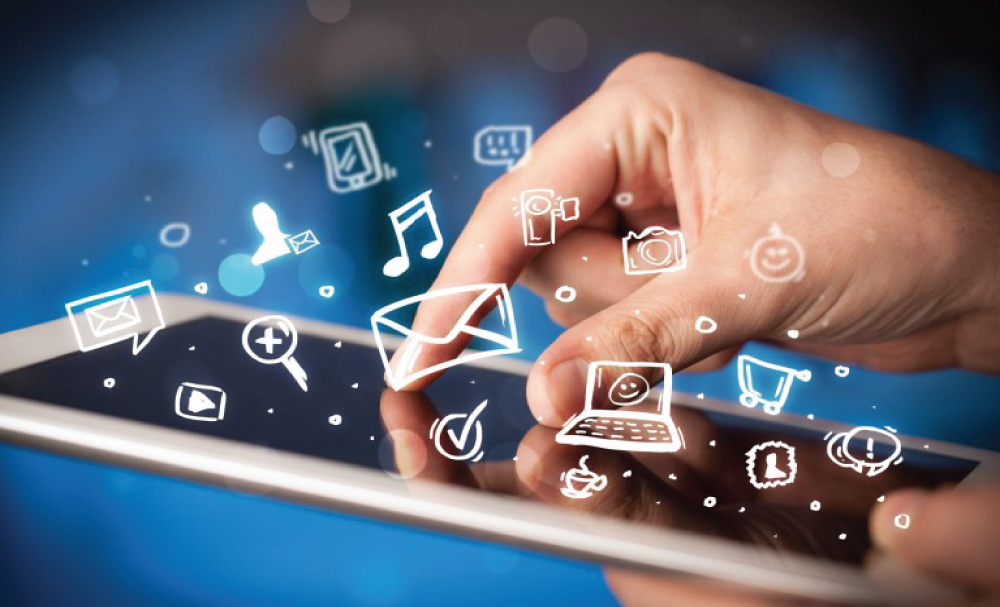
Cybersecurity for individuals and how to protect yourself online.
Cybersecurity for individuals and how to protect yourself online. Individuals should be aware of many risks and threats to cybersecurity when using the internet. Some common hazards include:
Malware: Malware is software designed to damage or disrupt computer systems. It can take many forms, such as viruses, worms, and ransomware. Malware can be transmitted through email attachments, downloaded files, and other online activities, and it can cause severe damage to your devices and personal information.
Phishing attacks: Phishing attacks are fraudulent attempts to obtain sensitive information such as passwords, credit card numbers, and login credentials by disguising oneself as a trustworthy entity in an electronic communication. These attacks often come from fake emails or websites that look legitimate but are designed to steal your personal information.
Unsecured networks: Using unsecured public WiFi networks can put your personal information at risk, as these networks are often not encrypted and can be easily accessed by hackers.
Online scams: Many online scams can trick individuals into giving away personal information or money. These scams can take many forms, such as fake job offers, lottery, and investment schemes.
Table of Contents
ToggleBy understanding these common threats, individuals can take steps to protect themselves and their personal information when using the internet.
Some steps that individuals can take to protect themselves online include:
Use strong passwords: Use a combination of letters, numbers, and special characters to create strong passwords that are difficult to guess. Avoid using the same password for multiple accounts, and consider using a password manager to help you create and store unique passwords.
Be cautious when clicking on links: Be careful when clicking on links in emails or online, as these may lead to fake websites or downloads that can infect your device with malware. Always verify the authenticity of the website or sender before clicking on any links.
Use antivirus software: Install antivirus software on your devices to help protect against malware and other online threats. Keep the software up to date to ensure it protects your device effectively.
Secure your home WiFi network: Make sure to use a strong password to secure your home WiFi network, and consider enabling encryption to protect your data from being accessed by unauthorized users.
Be mindful of what you share online: Be cautious about what personal information you share online, as hackers can use this information to access your accounts or steal your identity. Avoid sharing sensitive information such as your home address or phone number on public websites, and consider using a pseudonym or pseudonym if you want to maintain anonymity online.
By taking these steps, individuals can help to protect themselves and their personal information when using the internet.
Protecting your personal information: tips for creating strong passwords and avoiding phishing attacks
There are several steps that individuals can take to protect their personal information and guard against phishing attacks:
Create strong passwords: Use a combination of letters, numbers, and special characters to create strong passwords that are difficult to guess. Avoid using the same password for multiple accounts, and consider using a password manager to help you create and store unique passwords.
Don’t reveal personal information: Be cautious about what personal information you share online, as hackers can use this information to access your accounts or steal your identity. Avoid sharing sensitive information such as your home address or phone number on public websites, and consider using a pseudonym or pseudonym if you want to maintain anonymity online.
Be wary of email requests for personal information: Be cautious when receiving emails that ask for personal information, such as login credentials or credit card numbers. These may be phishing attacks designed to steal your personal information.
Check the website’s security before entering personal information: Before entering personal information on a website, make sure that the website is secure. Look for a padlock icon in the address bar or a URL that starts with “HTTP” to ensure that the website uses secure encryption to protect your information.
By following these tips, individuals can help.
Securing your devices: protecting your computer, smartphone, and other devices from malware and viruses
There are several steps that individuals can take to secure their devices and protect them from malware and viruses:
Install antivirus software: Antivirus software can help to protect your device from malware and other online threats. Keep the software up to date to ensure it protects your device effectively.
Use a firewall: A firewall is a security system that monitors and controls the incoming and outgoing network traffic based on predetermined security rules. Enabling a firewall on your device can prevent malware and other threats from entering your system.
Keep your operating system and software up to date: Make sure to keep your system and software up to date with the latest security patches and updates. These updates often include fixes for vulnerabilities that hackers could exploit.
Avoid downloading from untrusted sources: Only download software and files from trusted sources to reduce the risk of downloading malware. Be cautious when clicking on links in emails or online, as these may lead to fake websites or downloads that can infect your device with malware.
Enable device encryption: Enable device encryption to protect your data from being accessed by unauthorized users. This is especially important for devices that contain sensitive information, such as laptops and smartphones.
By following these steps, individuals can help to secure their devices and protect them from malware and viruses.
Managing your online activity: best practices for online privacy and security
There are several best practices that individuals can follow to manage their online activity and protect their online privacy and security:
Use strong passwords: Use a combination of letters, numbers, and special characters to create strong passwords that are difficult to guess. Avoid using the same password for multiple accounts, and consider using a password manager to help you create and store unique passwords.
Enable two-factor authentication: Two-factor authentication (2FA) is an extra layer of security that requires you to provide a second form of identification when logging into your accounts. This can help to protect your accounts from being accessed by unauthorized users.
Be cautious when clicking on links: Be careful when clicking on links in emails or online, as these may lead to fake websites or downloads that can infect your device with malware. Always verify the authenticity of the website or sender before clicking on any links.
Use a virtual private network (VPN): A VPN creates a secure, encrypted connection between your device and the internet, which can help to protect your online activity from being monitored or intercepted by hackers.
Use privacy settings: Most social media platforms and other online services offer privacy settings that allow you to control who can see your online activity and personal information. Make sure to review and adjust these settings to ensure that you are comfortable with your level of privacy.
By following these best practices, individuals can manage their online activity and protect their privacy and security.
What to do if you are a victim of a cyber attack: steps to take to recover and protect yourself in the future
Protect yourself in the future:
Disconnect from the internet: Disconnect your device to prevent the attacker from continuing to access your system.
Change all of your passwords: Change all of your passwords for any accounts that may have been compromised in the attack. Use strong, unique passwords and consider using a password manager to help create and store them.
Run a malware scan: Use antivirus software to scan your device for malware and remove any threats that are found.
Notify the appropriate authorities: If you believe you have been the victim of a cybercrime, such as identity theft or financial fraud, report the incident to the relevant authorities, such as the police or your bank.
Enable two-factor authentication: Enable two-factor authentication (2FA) on all your accounts to add an extra layer of security. This will require you to provide a second form of identification when logging into your bills, which can help to prevent unauthorized access.
Be cautious when online: Be mindful of your online activity and take steps to protect your personal information, such as using strong passwords and avoiding sharing sensitive information online.
By following these steps, you can help recover from a cyber attack and protect yourself.
Conclusion
In conclusion, cybersecurity is an essential issue for individuals to consider when using the internet. There are many threats to online security, such as malware, phishing attacks, and unsecured networks, and it is essential to protect yourself and your personal information. Some steps individuals can take to protect themselves online include creating strong passwords, being cautious when clicking on links, using antivirus software, securing their home WiFi network, and being mindful of what they share online. In the event of a cyber attack, it is essential to disconnect from the internet, change all of your passwords, run a malware scan, notify the appropriate authorities, enable two-factor authentication, and be cautious when online. Following these steps, individuals can protect themselves and their personal information online.
Also check : Introduction to Artificial intelligence, and How Does it Work?

